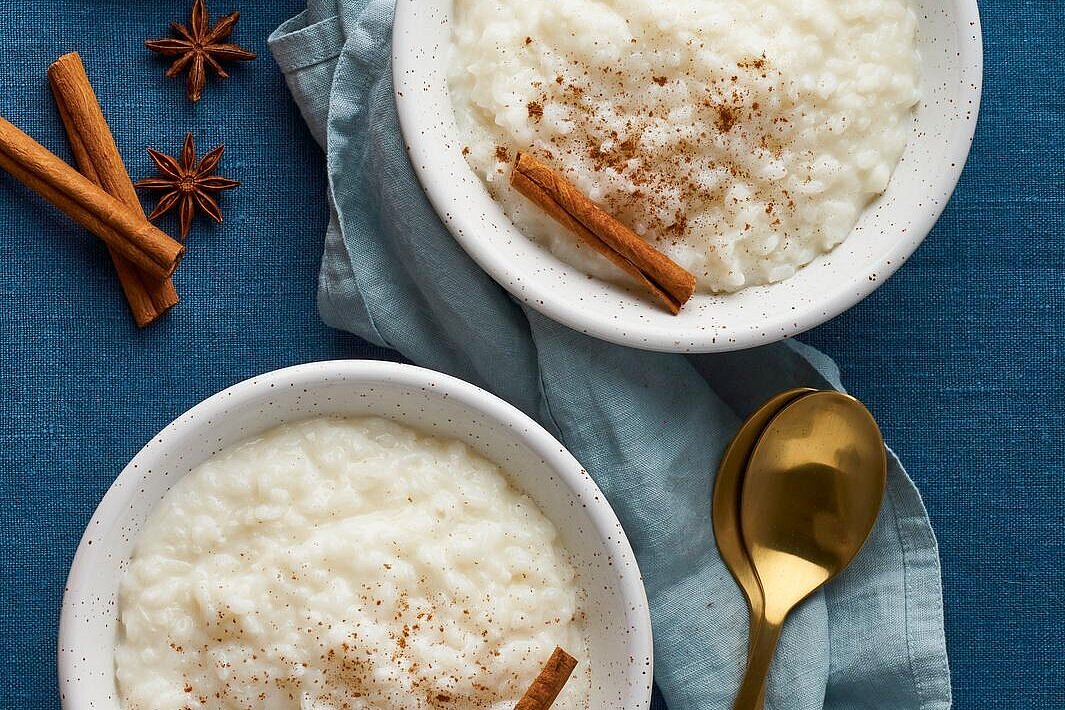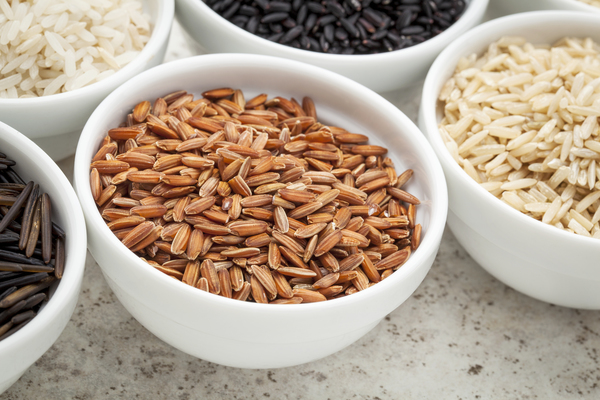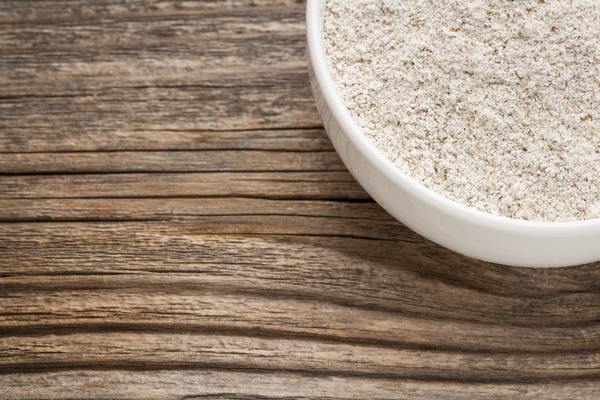Broken rice

Rice is a popular staple food for many people, but also for dogs. Rice can have many benefits for your dog, but also some disadvantages. In this article, you will find out what broken rice is, how it differs from normal rice, what advantages and disadvantages it has for your dog and how to prepare it correctly.
What is broken rice?
Broken rice is rice grains that are damaged during processing. All quality grades of rice contain a certain amount of broken rice:
- Top/premium quality with a maximum of 5% broken rice
- Standard quality with a maximum of 15% broken rice
- Household quality with a maximum of 25% broken rice
- Household quality with max. 40% broken rice
The nutrient content is the same for all quality levels - however, the properties during preparation differ. For example, broken rice absorbs more water during cooking due to the breakage, releasing more starch and making it stickier. As broken rice is cheaper because unbroken grains are usually preferred, the surplus broken grains are processed into rice flour, for example. The animal feed industry is also increasingly using and mixing in the inexpensive broken rice.
What are the benefits of broken rice for dogs?
Rice is a popular staple food and can also be eaten by dogs. Theoretically, a dog could even eat rice every day. If a dog has been prescribed a light diet, rice is even ideal. Rice has the following advantages for dogs:
- It is easy to digest and digestible.
- It contains lots of carbohydrates, which provide energy.
- It contains fiber, which stimulates intestinal activity and can prevent constipation.
- It contains minerals such as potassium, magnesium and iron as well as vitamins such as B1 and B6.
- It can be used as a satiating side dish to satisfy hunger without providing too many calories.
What are the disadvantages of broken rice for dogs?
Rice is not only healthy for dogs, but can also have some disadvantages. These mainly depend on the quantity and quality of the rice. Rice can have the following disadvantages for dogs
- It can increase fluid loss during diarrhea as it is dehydrating.
- It can trigger or aggravate allergies or intolerances in sensitive dogs.
- It can lead to obesity if too much is fed or the dog gets too little exercise.
- Depending on its origin and cultivation method, it may contain harmful substances such as arsenic or pesticides.
If you notice any signs of hypersensitivity or poisoning in your dog, you should see your vet immediately. We are not a substitute for a vet, but we try to be as accurate as possible. Every dog reacts differently and we recommend you get a second opinion or consult your vet if in doubt.
Stay healthy and take good care of your four-legged friend!😊
Similar to Broken rice
Rice pudding is a rice dish that is particularly common in Europe and Asia. There are many different recipes for rice pudding, but the basic ingredients are always round grain rice, milk and sugar....
Brown rice is the unhulled form of rice that still contains the outer husk, the so-called silver skin. This husk is rich in fiber, vitamins, minerals and antioxidants, which are lost in hulled rice....
Rice is a grain obtained from the seeds of the rice plant. There are many different types of rice, which differ in shape, color, taste and nutritional value. The best known are white rice, brown...
Rice husk flour can be used as a feed supplement for dogs to aid digestion. It has a high soluble fiber content, which can stimulate intestinal activity and improve stool consistency. Rice flour can...



